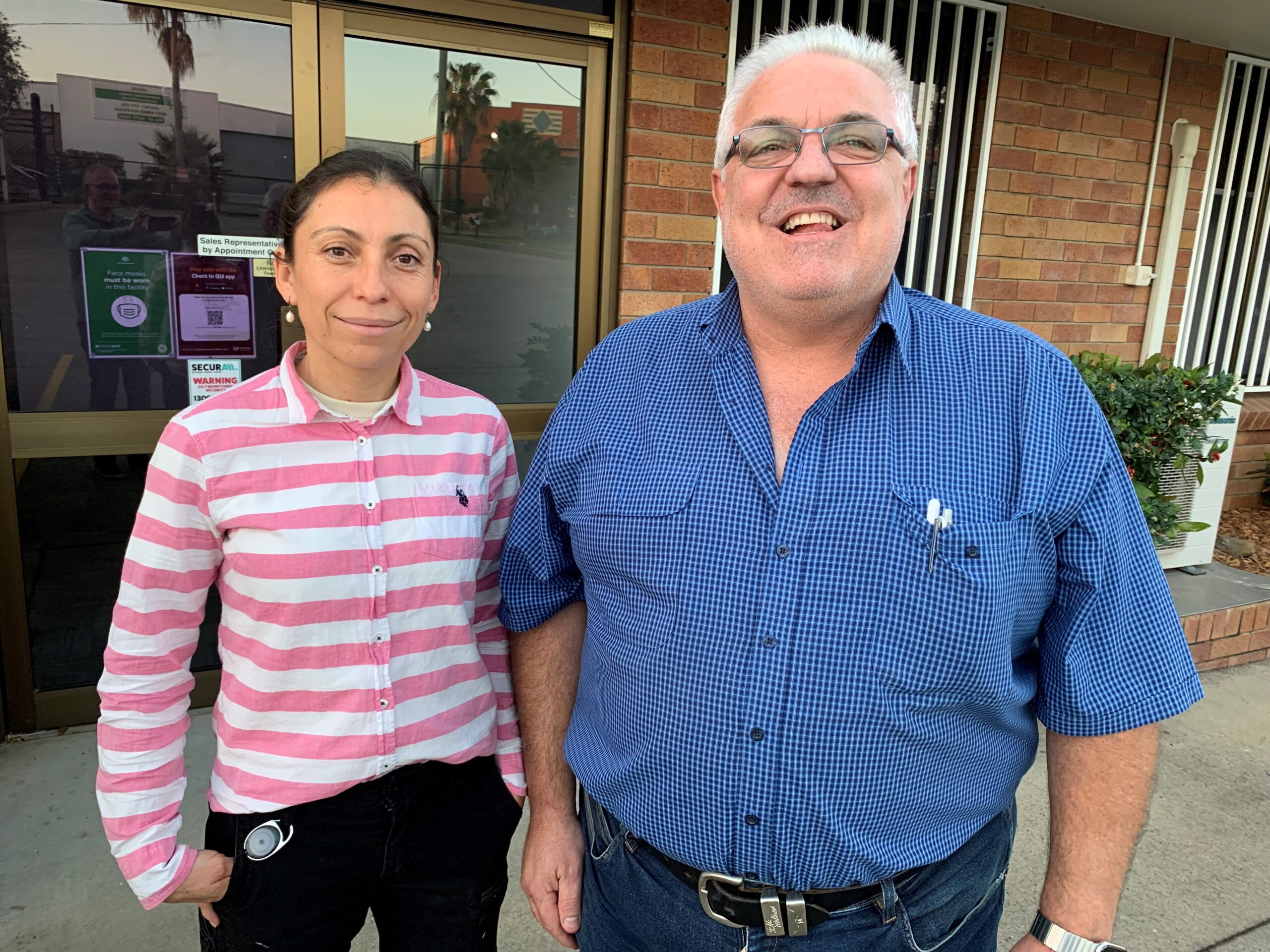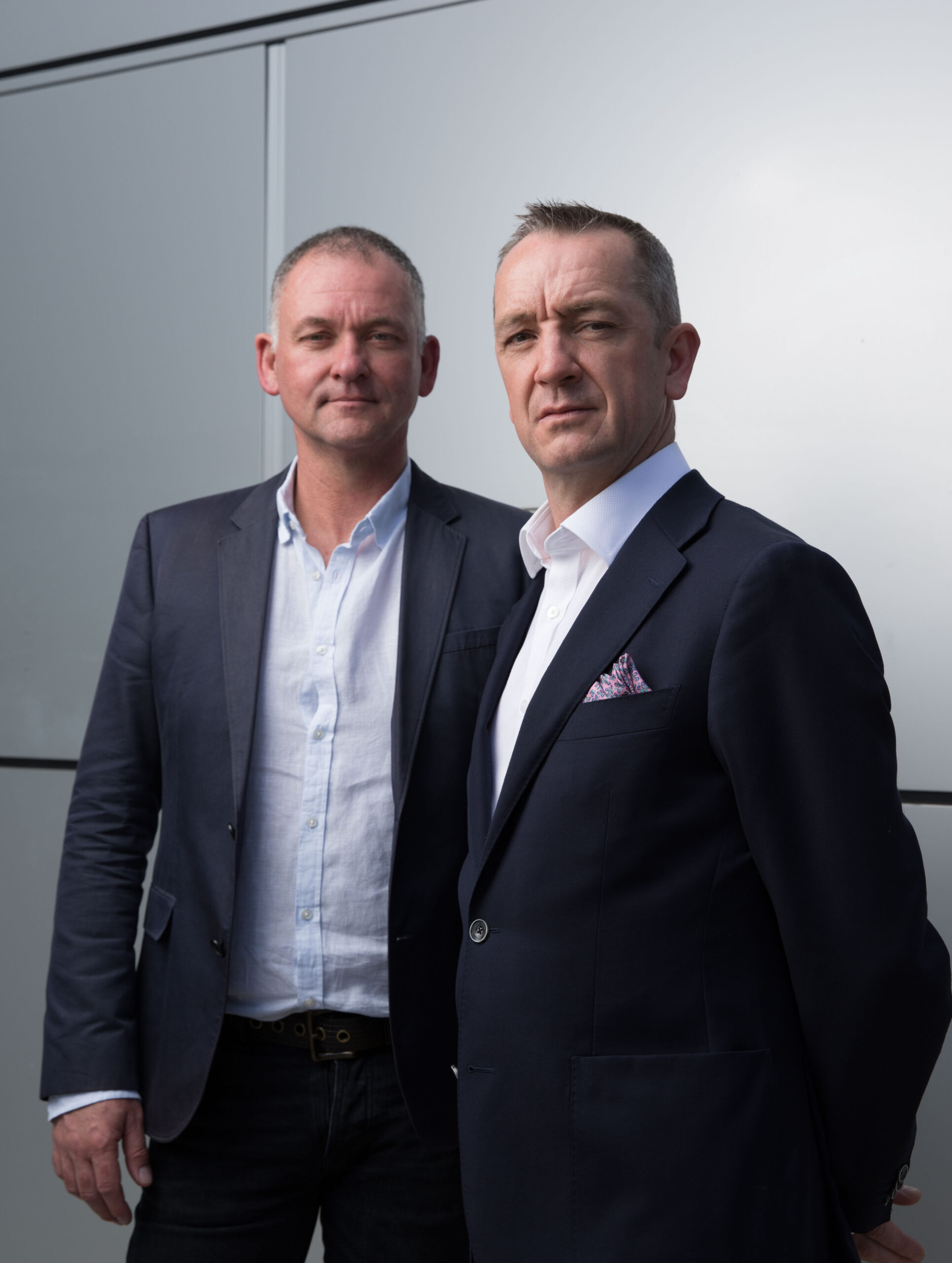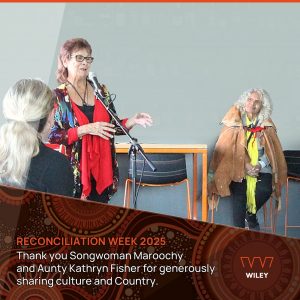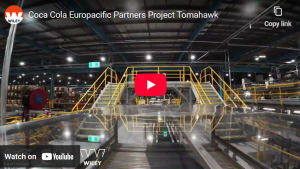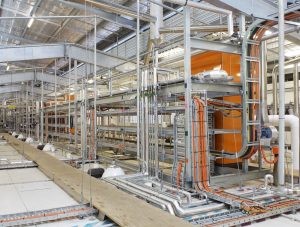Construction of Australia’s first textile recycling facility by BlockTexx is being made a reality thanks to a partnership with Queensland’s well-known engineering and construction company, Wiley.
In the first year of operation, BlockTexx anticipates the Logan facility will recycle around 4,000 tonnes of textiles, create up to 30 new full-time jobs and up to $43 million economic impact to the local area. Over the next four years, BlockTexx anticipates the creation of more than 140 jobs and more than 50,000 tonnes of recycled textile and a total CO2 offset of 1,250,000 tonnes (based on annualised amounts).
Drawing on Wiley’s extensive experience in complex manufacturing solutions, the partnership with BlockTexx began in 2019 to make their concept plans a reality for a purpose-built commercial scale recycling facility.
Two years later, Wiley will oversee the delivery of BlockTexx’s new facility, installation of the equipment and commissioning the plant. The company’s project delivery experience in food processing and other manufacturing, with turnkey capabilities, allows Wiley to provide key insights to increase effectiveness and reduce costs.
BlockTexx co-founders Adrian Jones and Graham Ross said their start-up has been made possible thanks to a trifecta of elements: a fundamental shift in the country prioritising sustainable design and solutions, partnering and engaging with ethically minded organisations, such as Wiley and Logan City Council, and a clear strategy towards ‘breaking down the fibres of misconception’.
”BlockTexx is now scaling our textile resource recovery technology,” Ross said. “The S.O.F.T. (separation of fibre technology) is a commercial scale solution to eradicate textile waste and breaking down no-longer needed clothing and textiles. We are excited to work with Wiley on the development of our first commercial scale facility.
“Wiley has more than 100 years of experience in process engineering solutions, which means they were an obvious choice to work with us on this vital project.”
BlockTexx’s textile recovery facility is world leading, combining chemical separation processes and advanced manufacturing.
“Designing the facility has been an engineering challenge for all involved,” Ross said. “We have needed to pull knowledge from across Wiley’s organisation using learnings of the past to build a future circular economy operation.
“Wiley have been with us since the early design concepts, and we are pleased that they will be right next to us as we open the doors to our first facility later this year.”
Wiley’s CEO Robert Barron said the opportunity to work with BlockTexx on a real solution to reduce landfill pile-up and provide innovative solutions for commercial laundries, workwear companies, charities and textile exporters was just one of the many reasons the team was excited to work on this project.
“Our core values are about creating a better future through smart and practical design solutions and when we heard about what BlockTexx were trying to achieve with this new process, we wanted to be a part of it,” Barron said.
“Wiley jumped at the chance to continue working with BlockTexx,” Barron said. “We love a challenge and collaborating to create Australia’s first textile recycling facility certainly sits in that bucket. This project aligns with our goals to work with clients on sustainable projects that make a difference in the world.
“Our team has been able to draw on their experience in manufacturing across many other sectors to bring a wealth of knowledge that has allowed Wiley to help BlockTexx meet their goals. We can’t wait to see how this facility makes a difference.”
BlockTexx recently undertook a Series A capital raise of $5.5 million, thanks to a mix of private investment, grant funds from three tiers of Government injection (including a $997,617 Federal commitment and $155,000 from Logan City Council), and support from seed investors.
